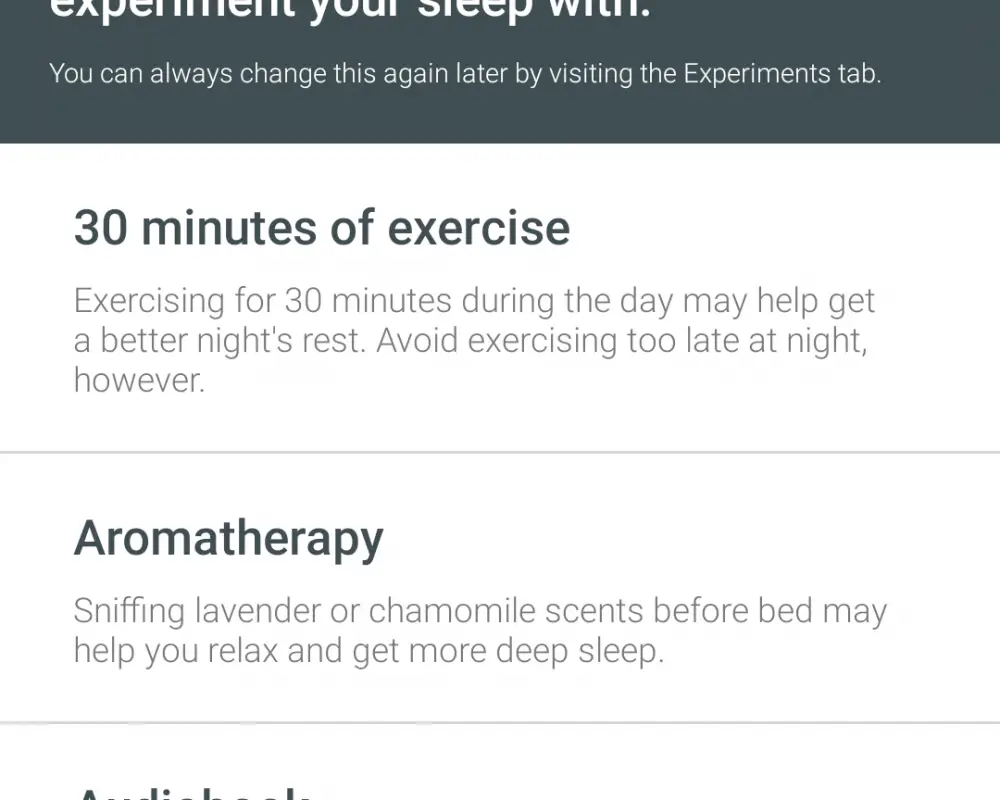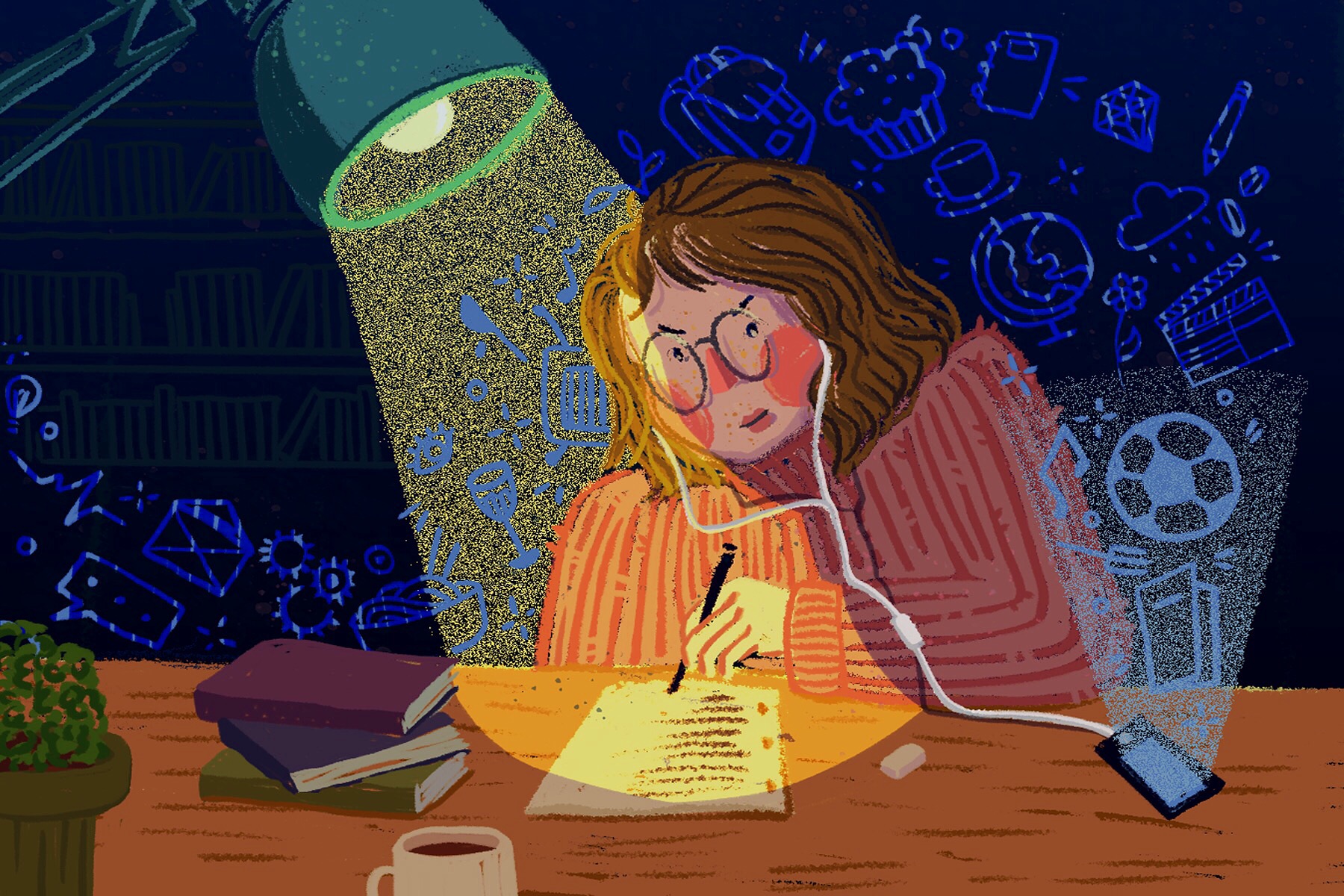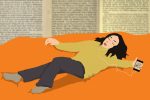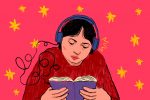Insomnia plagues roughly 30 percent of the adult population, including college students. With class, work and social demands, it’s hard to manage time to sleep. While many people fall asleep while watching late-night television, binging the latest Netflix show or listening to white noise machines, a growing number of people choose to fall asleep listening to stories. To combat their insomnia, that is, some have turned to audiobooks.
The popularity of audiobooks has skyrocketed with the proliferation of streaming services like Audible and Overdrive, which provide sleek, modern alternatives to the old clunky system that relied on large CD sets and cassette tapes. Now, even libraries offer ways for patrons to borrow both physical copies of audiobooks and download or stream digital versions.
While many debate the benefits of listening to a story compared to reading the same story, there is no doubt that audiobooks open up the realm of multitasking to a degree that hard-copy books do not allow. Freeing your hands and eyes to focus on tasks like commuting or cleaning has been a draw for audiobook audiences in the past. But the hands-free/eyes-free audiobook lifestyle — the aural interaction of listening to a book as opposed to looking at it — also lends itself well to the process of falling asleep.
My earliest memories of falling asleep while listening to stories come from before the age of audiobook repositories like Audible. Before it was even imaginable to stream or download audio content to portable devices, there were books on tape — cassette tape. For $50, you could buy your favorite book on a series of eight cassette tapes and play them on your Walkman.
My first books on tape, however, were not professionally narrated, but rather recordings that my grandfather made of childhood classics like E.B. White’s “Charlotte’s Web,” the “Sweet Valley Kids” books or Bruce Coville’s “Goblins in the Castle.” Ever since I was 3, these stories have lulled me to sleep every night, to the point where I could recite sections of the book (usually toward the beginning of each tape) by heart; though it was often terrifying when I reached the end of a tape and the cassette player’s automatic stop mechanism kicked in with a jarring noise.
Some nighttime listeners claim that tuning into an audiobook while falling asleep can “take the edge off” by distracting their minds from other usually disrupting noises or thoughts of the day. By focusing their attention on calming narration, listeners allow themselves to be lulled to sleep when they would otherwise be plagued by stress and dealing with insomnia.
Some choose to listen to brand-new stories as they fall asleep. For those using an app like Audible, there are usually features to automatically stop playback after an hour or at the end of a chapter, making it easy to pick up where your consciousness left off. Whether they sleep on a more traditional bed or chosen to shop memory foam mattresses online, these listeners have the fallback of a new story if they’re unable to fall asleep right away.
But most late-night audiobook listeners return to books they’ve read before, either beloved stories or tried-and-true passages that they’re sure will help encourage sleep. For these stories, no automatic stopping is necessary; listeners already know how the chapter or story ends, and they’ll be sure to return to the tale in the future. I’m a proponent of relying on familiar audiobooks when trying to sleep: the better you know the story you’re listening to, the easier it is let your mind wander and, eventually, drift off to sleep.
At first glance, it may seem like a slight to a story’s author or narrator to fall asleep during a performance of their work. In truth, it is often a testament to the staying power of the story. Those who listen to audiobooks while falling asleep build relationships with these stories, listening to the same ones over and over until they can quote sections verbatim, matching the intonation and delivery style of the narrator.
For most of my childhood, I could repeat large sections of “Charlotte’s Web,” especially the parts that came at the beginning of the cassette tapes (before I had a chance to fall asleep). As I grew up, “Charlotte’s Web” was replaced with books that felt more adult, though I often find myself returning to some of the children’s and young adult books I loved from my childhood. Becoming comfortable enough with a story to fall asleep to it is a statement of trust that goes beyond the relationship created between an author and traditional reader.
In addition to anecdotal evidence supporting the use of audiobooks while falling asleep, many sleep-tracking and sleep-aid apps encourage users to try audiobooks. SleepCoacher, an automated sleep-tracking system built by Brown University’s Human Computer Interaction team, suggests audiobooks as one of the many different techniques to achieve sleep perfection.
“If you’re finding it especially difficult to calm your mind at night,” claims the SleepCoacher app, “listening to an audiobook might help you sleep better. Listening to an audiobook will shift your busy mind from the stresses of tomorrow to something less emotionally-charged.”

Scientific evidence is less certain — while studies have indicated that listening to audiobooks is neurologically similar to listening to music, the impact of audiobooks on sleep, whether negative or positive, has been less certain. But finding a path to sleep that works for you is most important. So whether it’s psychosomatic or not, if listening to audiobooks helps you get to sleep, then keep doing it.
Of course there are other reasons to listen to audiobooks: exposure to more stories can expand your mind and your vocabulary; listening can allow reading to be a collaborative, social activity; and relying on ears instead of eyes certainly extends the accessibility of stories.
But if you, like many college students and adults around the world, struggle with getting the sleep you need, one big reason to turn to audiobooks may be there sleepy-time value.
















